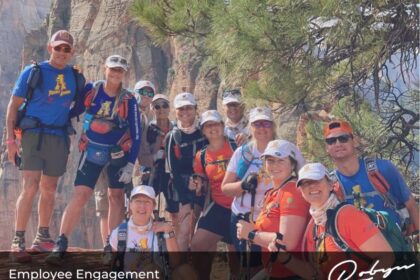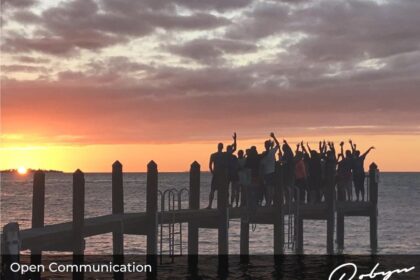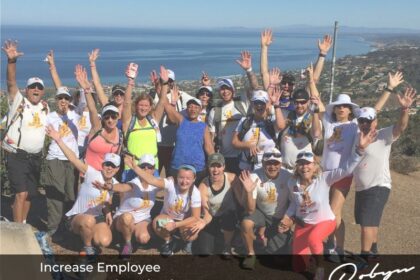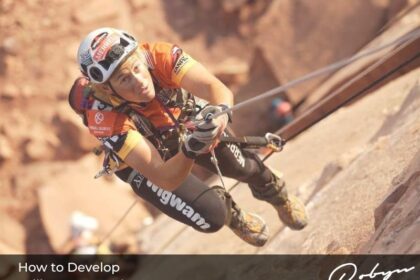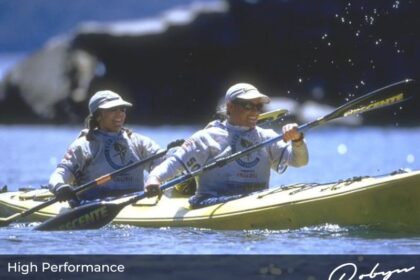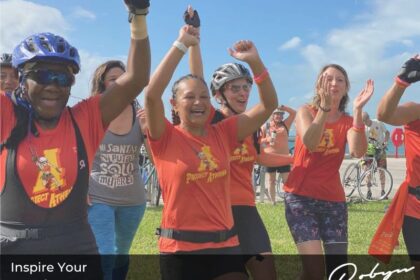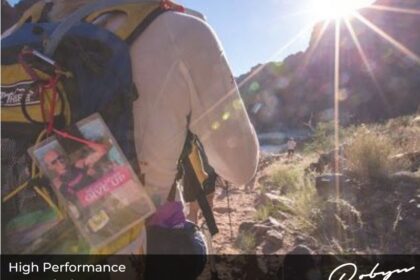All of us know that no matter how much we try, no matter how much we plan, no matter how much we know, no matter how much we prepare, sometimes the journey ends very badly.
Everyone knows that some days we’re the bear and everything is going our way, the fish are jumping out of the stream straight into our mouths, and some days we’re the trout. So how do great team builders continue to inspire their teams on those trout days?
In other words, how do high-performance teams handle the tough times, adapt to adversity, and roll with the punches in a way that allows them to be consistently successful, year in and year out?
Winning teams are ruled by their hope of success instead of their fear of failure
Adventure racing and people management aren’t so different. And right now, HR leaders are facing a situation similar to those I’ve faced when going into adventure races: They have small teams of employees trying to navigate their way through totally uncharted territory and working towards a challenging end goal amidst extreme time pressures and ever-changing circumstances.
And these teams want to finish strong — with higher profit margins or business success to prove it.
To build the kind of teamwork that helps adventure racing teams win their competitions, people managers also have to encourage their employees to shift their mindset and focus their energy on the hope of success rather than their fear of failure.
Leaders need to help their team focus their time and effort on moving forward, instead of looking back, and coach individuals on their team to learn how to play to their strengths rather than feel bogged down by their weaknesses. By looking at your core strengths, talents, experience, and creativity you can focus on the whitespace of opportunity instead of focusing on “not losing”. And it’s easier to have the courage to open the door and try something new when you are surrounded by a good and supportive team, especially during challenging times.
Accepting and embracing adversity and setbacks as a chance to learn and excel
After 20 years of endurance racing, including 10 Ironman Triathlons and 40+ multi-day multi-sport Adventure Races, I discovered that I had stage 4 osteoarthritis in both of my hips! I went to the doctor, and the X-rays showed that I had zero cartilage left on either side. It was kind of awful for a few weeks knowing that my competitive adventure racing career was over, but then I started focusing on what I COULD do instead of what I couldn’t do. And what I could do was crutch down to the water’s edge and get into a kayak. Freedom!
The kayaking sections of the adventure races were my favorite part and core strength anyway, so it made sense to create some new goals there. In the first couple of years after my first hip replacement (there were 6 total— don’t get me started) I broke the Guinness World Records for “longest distance paddled by a female in a kayak in 24 hours” (both moving water and flat water), and the first Guinness World Record for “longest distance paddled on a stand-up board in 24 hours (Flatwater). And I’ve never looked back since! I’m still ultra-distance kayak racing today at the highest levels of the sport, and if I had more cartilage in my hips, I would never have realized that these long silly kayak races were the sport I was born to do. So I’m pretty grateful for that all the time.
We’ve all heard the old saying, when the universe closes a door, it opens a window, right? Well, I half believe that. I like to say instead that when the universe closes a door, you get out a chainsaw and carve out a window.
Never let the pursuit of perfection hinder progress
The most productive ways to deal with adversity and setbacks are through out-of-the-box thinking, being courageous, becoming a visionary leader, or shattering a norm. But sometimes the you-know-what hits the fan and the fan’s on high speed, and all you can do is try to make the best art you can with the resulting splatter. Quite often the best way to get through those challenging times is to keep a positive attitude and laugh your way to the finish line. That’s exactly what two teams did during the Eco-Challenge in Borneo.
Both teams, one from the United States and the other from the United Kingdom, started out with four people, but they each had two team members drop out along the way. The remaining four racers didn’t want to quit the race after training so hard, spending so much money, and traveling all the way to Borneo, so they asked event organizer Mark Burnett if they could form a new temporary team of four so they could continue the expedition. Burnett was vastly amused by these guys, so he gave them his blessing, and they were on their way as a new team of four.
After a few hours together, the team was interviewed on camera as they left for a long paddle. The captain of the new team announced, “We’ve now got a team of half US and half UK. We’re the only team in the race now with mixed nationalities, so US and UK is U-SUK! And we suck!” And off they went, laughing, bonded by adversity, and poking fun at themselves for the next four days.
“The race is 320 miles long, and you can’t change that,” one of the American teammates said at the finish, “but to have good people around you and to have fun…that’s what it’s all about. Doing it and laughing and getting through it.”
Yes, sometimes your day, week, year inevitably turns out to be a lot different than you had planned, but do you let that stop you? Your goal may be out of reach due to challenging situations beyond your control, but that doesn’t mean there isn’t a finish line still out there for you.
Oftentimes, the revised finish line ends up being just as meaningful as the original. The skill and art of the leader who never lets the pursuit of perfection hinder progress is to find that new finish line, that new challenge to strive for, and to help the team see that light and reach for that star.

